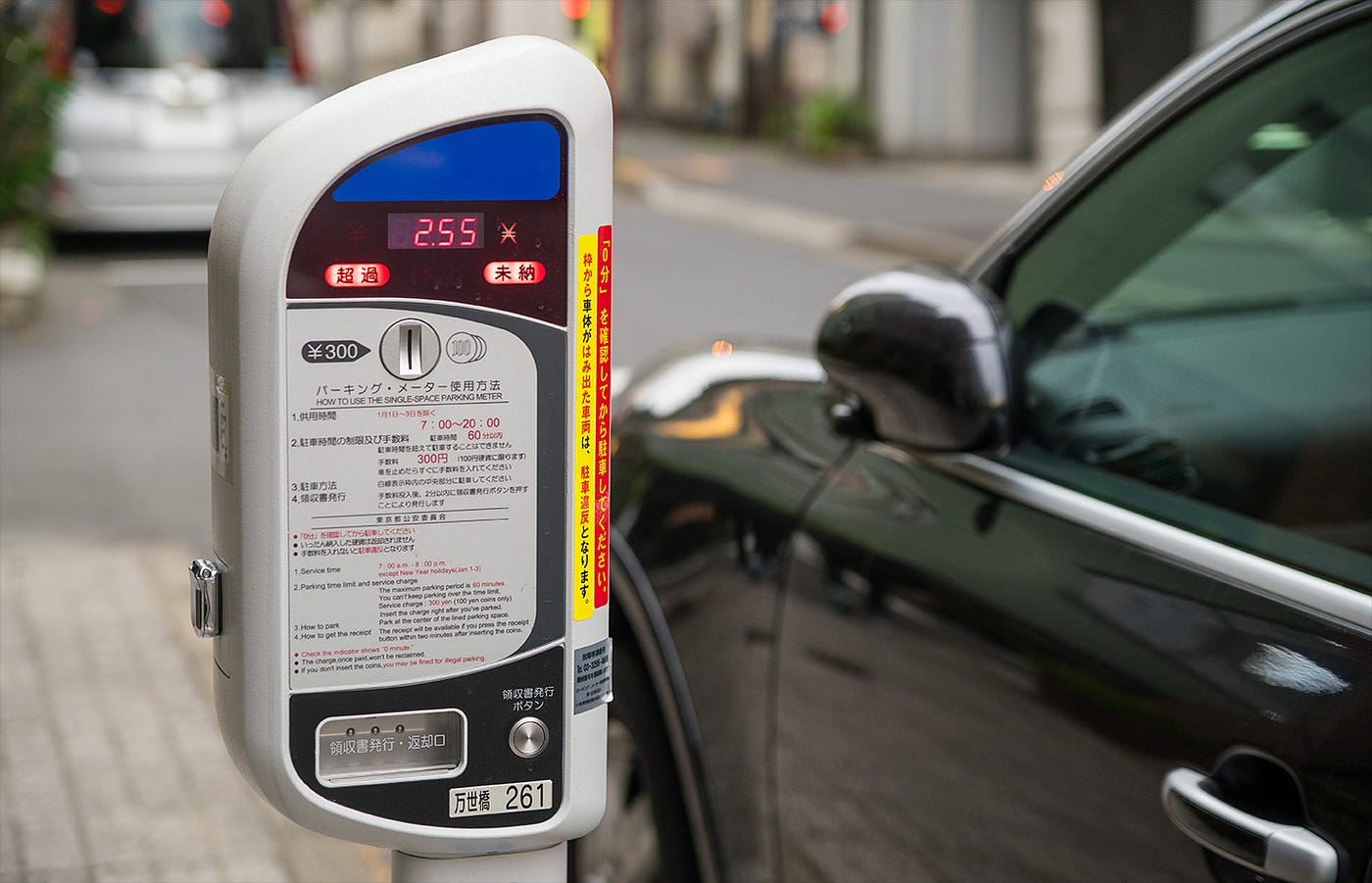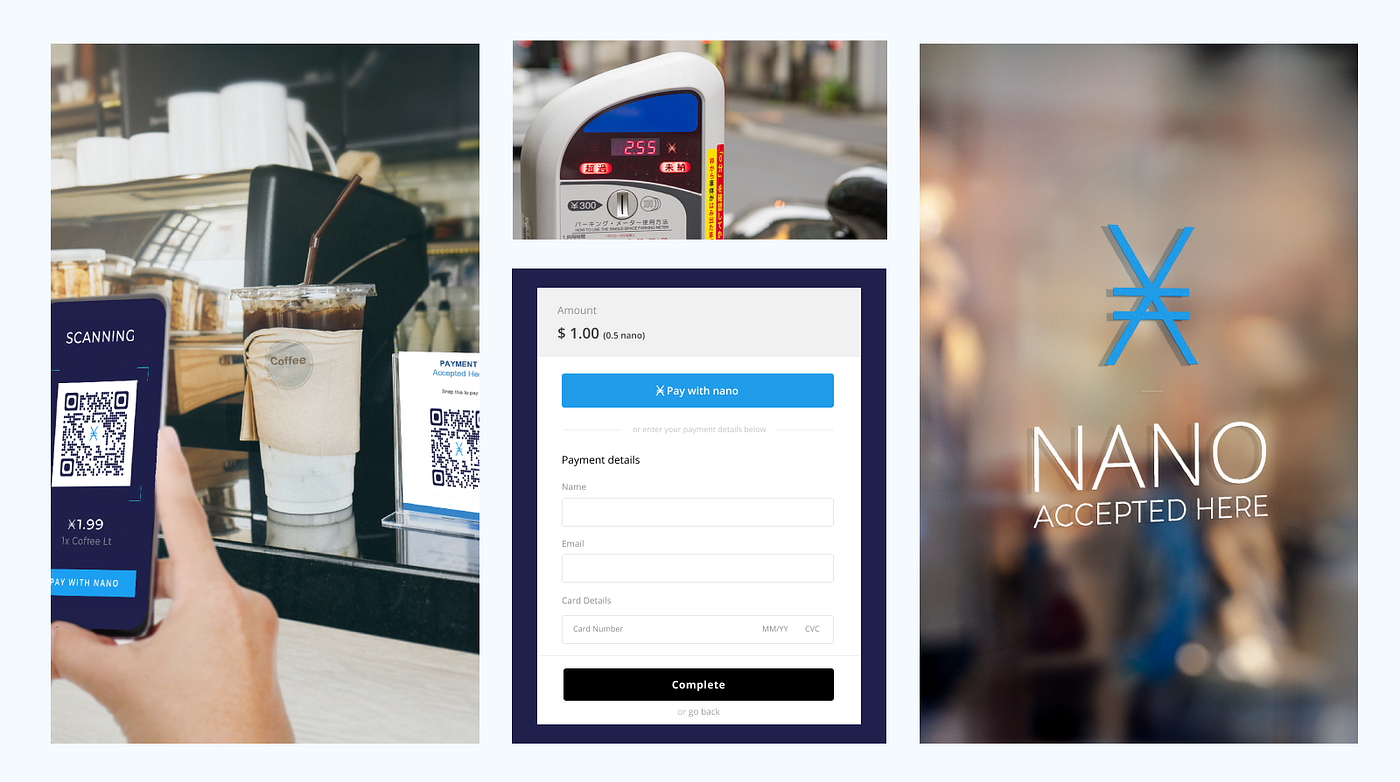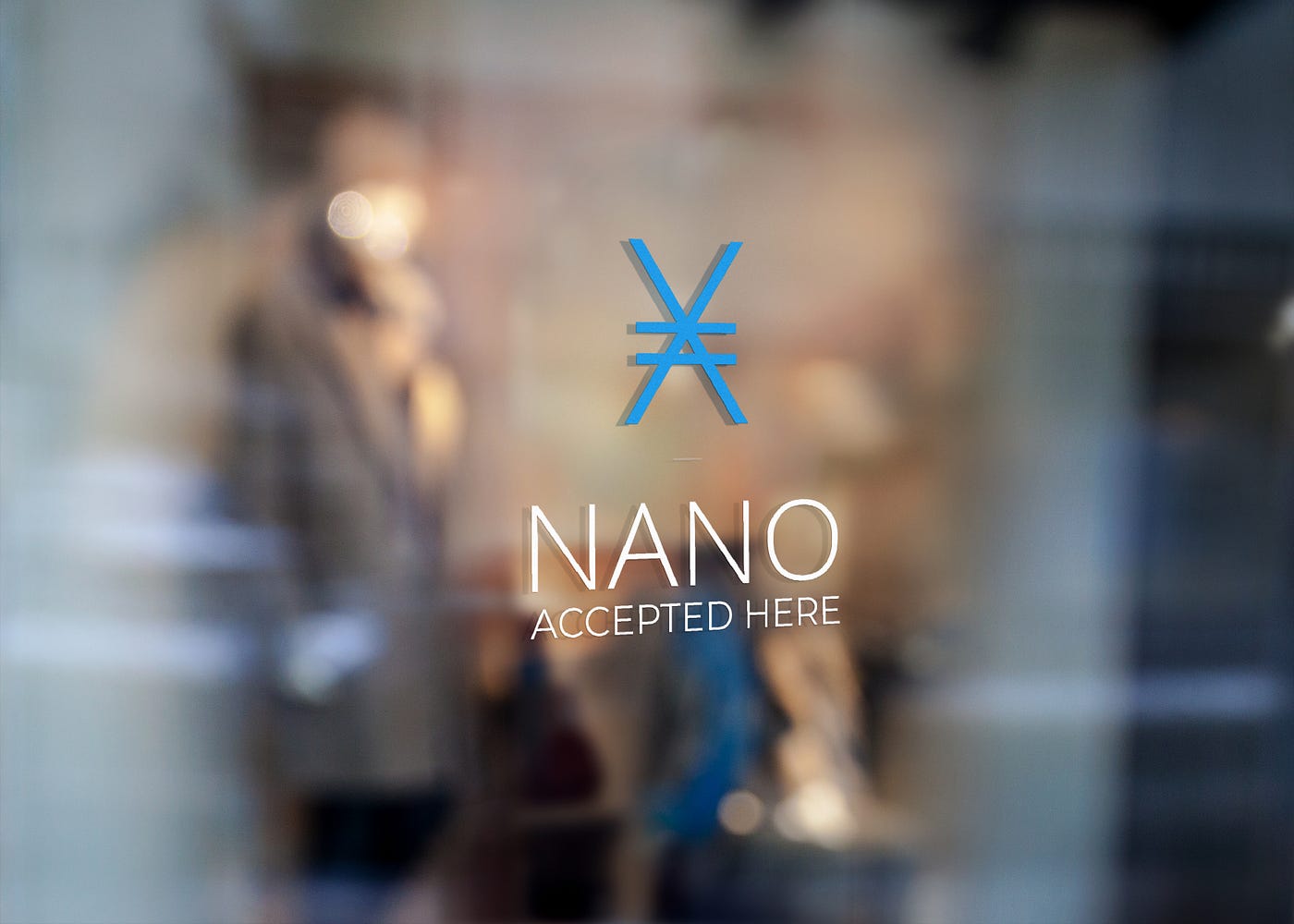Say Hello to XNO!
(This post was originally posted on Medium on Nov 13, 2021)
Changing the world is no small feat, but that is our goal and we aim to do it one transaction at a time. We believe in empowering people and businesses with education, advice, opportunities, and most importantly a digital currency without manipulation, fees, and complexity of traditional currencies traded the world over.
“We built nano to simply be the most efficient currency the world has seen.”
-Colin LeMahieu, Founder & Director of the Nano Foundation
We, at the Nano Foundation, are committed to equal economic opportunity and believe that nano, a currency to be spent, sent, and accepted as real money in the real world is the first step.
Unlike traditional cryptocurrencies, the Nano Foundation intends for nano to be used and recognised as real money and therefore are delighted to share with you the new nano currency sign and ticker!
Say Hello to XNO!
Just as a currency sign aims to place nano in the real world, the real world requires conformity to standards recognised on a global level. In nano’s case, this means following requirements set by the International Organisation for Standardisation (ISO), which develops and publishes worldwide technical, industrial and commercial standards. The alphanumeric code requirements set by the ISO for the universal representation of currencies allows nano to join other globally accepted forms of money with a standard symbol and naming convention.
Nano is what is considered to be a ‘supranational’ currency with no official country code and therefore must begin with an ‘X’ as per the required standards for business and banking globally by ISO_4217 . The use of an initial letter “X” for these purposes is facilitated by the ISO 3166 rule that no official country code beginning with X will ever be assigned.
Therefore, nano’s new ticker will be XNO, which is what you will see on all your favourite exchanges and wallets as they update their UI. You will notice a change over on Twitter with an updated cashtag of $XNO — in fact some early birds have already adopted this!
In addition to an alphanumeric code, all currencies also have an accompanying symbol to represent it. But unlike the code, no ISO or other standards exist to help guide the design of such a symbol. As a result, the process of finding the right real-world currency symbol for nano had to be explored more broadly and although it has not been an easy or quick process, it has produced an easy-to-use, accessible and iconic option:

See below for a quick video introducing the new nano currency symbol.
Our journey to finding the right symbol
The process of finding a currency symbol for nano has benefited from constructive community discussion and insights from services and projects built around nano over the last couple of years. These conversations have complimented our own research and helped us to identify a shortlist of potential symbols that were simple, easily reproduced, and felt at home alongside other global currency symbols.
What was needed?
1. Follow the design and structural principles of established currency symbols
2. Be unique enough to differentiate itself from those other symbols
3. Be easy to replicate — both digitally and by hand
4. Reflect the nano core mission and ethos of equality, technical excellence, and value
Based on the brief we began the journey of research and development; we looked in detail at how the symbol would work in the real world and explored which would be the best choice for nano long term as a global currency; the symbol needed to represent nano as the leading virtual currency.
A sign of equality and opportunity
Our new nano currency symbol is constructed of the latin letter capital X and the equals sign (=), with each diagonal line representing the send and receive part of a nano transaction , together forming a universal X and a double horizontal line representing the altruistic foundation of the network.
Most importantly, this sign is easy to draw universally, allowing for adoption by anyone, anywhere.

Design Details
A currency symbol is not a logo
A currency symbol is a graphic symbol used as a shorthand for a currency’s name. This is especially useful when referencing an amount of money that needs to be replicated easily across multiple platforms.
A logo is a graphic mark, emblem, symbol, or stylised name used to identify a company, organisation, product, or brand. It may take the form of an abstract or figurative design, or it may present as a stylised version of the company’s name if it has sufficient brand recognition.
To date, a single logo has been used to represent nano as well as the Nano Foundation organisation itself. This has caused confusion and isn’t optimal for either use. But now with a separate and distinct currency symbol, one that exists in the public domain and which no entity or business holds legal rights to, it becomes easier to delineate nano from supporting organisations like the Nano Foundation. Going forward, the block-lattice logo that we all know and love will be used to identify the Nano Foundation brand and work with which alliances, partnerships and products are affiliated.

Separately, the new currency symbol will be used as the shorthand for nano, the currency. And just like the pound, dollar or yen, nano does not start with a capital letter and does not have any branding itself. It is therefore not a mistake or oversight to see nano written without a capital letter — this is how it should be!
Furthermore, just like the dollar or pound and their equivalent USD and GBP tickers, nano is still the name of the currency. See below for a quick guide as to recommended positioning of use:
We understand that it is common for some languages to have the currency symbol at the end of the number as seen below:

Defining how a currency symbol is constructed and how it should be used:
One stroke or two?
It is well known that many currency symbols are composed of a base letter (usually Latin or Cyrillic) and one or two strokes on top. Often the glyphs (the elemental symbol) with one stroke are interchangeable with the ones with two strokes (with one being most common or officially recognised). This is the case for the yen, won, pound and dollar signs, and now with nano too.
Therefore it is possible to use the following:
An example being the two stroked version of the pound sign was dis-unified and encoded as the LIRA SIGN in the Latin-1 standard that was inherited to Unicode (₤ 20A4) to represent the now discontinued Italian lira (code: ITL), as well as the Turkish lira, before they switched over to their own sign (20BA ₺).
Why not use an N symbol?
Although using an N symbol may seem like a logical choice with nano, there are a few reasons why this isn’t an ideal option:
The naira ₦, the currency of Nigeria takes leading ownership of the letter N with strokes across the letter. With nearly 32% of Nigeria’s population having used cryptocurrency and the country as a whole rising up the list of cryptocurrency adoption around the world to number 8, it became clear that we must avoid any misinterpretation of similar currency signs as we hope that nano and the naira will have a close relationship moving forward.
Other variations of an ’N’ were also not ideal for use due to the large digital variation in symbol rendering depending on font, platform or application, in addition to the multitude of writing styles across the globe as mentioned above. This meant that the delineation of an N symbol versus the ₦ was not strong enough for an ever-green global usage.
Navigating Unicode
The journey to having a symbol accepted by Unicode is not well trodden in our sector; however the most well known in recent times is that of the Bitcoin currency sign, which took nearly 8 years to be accepted. This presented us with two options:
1. Apply to Unicode with a unique symbol of our own creation
2. Adopt an out-of-use universal symbol already present in Unicode
The issue with the first option is the restriction of accessibility of typing the unique symbol, therefore extending the journey to adoption. Unfortunately adoption is precisely what is needed as evidence to submit to the Unicode committee.
Option 2 does not come without issues itself. With symbols being adopted for multiple purposes on a daily basis for a vast array of reasons, the race is on to reach a level of symbol adoption that makes the adopted symbol represent nano on a global stage and, officially recognised.
After a plethora of designs and available unicode symbol research and proposals, we decided to move forward with the best of both options.
With it being well-known and understood that a symbol in the real world can have either 1 or 2 horizontal strokes as described above, this gives nano the best chance to have a universally adopted currency sign.
Therefore our plan is as follows:
- Work to increase adoption of the nano currency symbol in both single or double line form across the ecosystem
- Collect evidence of the broad usage of these symbols
- Submit the double line Ӿ to Unicode for approval as solely attributed to the nano currency sign
Using the adopted unicode symbol

A symbol does not need to be in unicode to be ‘official’. The most used currency symbols are eventually added to unicode, but the list of symbols in use currently is quite extensive.
The Unicode adopted symbol to be used for nano is:
U+04FE : Ӿ Cyrillic Capital Letter Ha with Stroke
Unicode symbols are not always the easiest to use and we have a long way to go before our chosen symbols are ubiquitous to our everyday lives. There are a couple ways to get around this using copy and paste as well as through text shortcuts that are widely available on most devices.
Copy and paste
Whenever you need to use the Unicode adopted symbol but don’t have a text replacement setup, the copy and paste option is a good alternative. Anytime the symbol is used on web pages, user interfaces or elsewhere, you should be able to highlight it, right-click and copy, then paste where you need it.
For an easy to remember location where you can find the symbol to copy, check out xno.nano.org where you will find our currency toolkit!
Text replacement
Most operating systems allow configuring the keyboard for the use of Unicode symbols based on a combination of keystrokes. Below are instructions for configuring on macOS, Windows, iOS and Android systems. Note that the symbol may not appear correctly unless the font used supports the adopted Unicode symbol (such as Open Sans).
iOS
- Copy the Ӿ symbol to your clipboard (https://xno.nano.org)
- Go to Settings > General > Keyboard > Text Replacement
- Tap + and in Phrase paste the symbol, in Shortcut type “xno”
- Tap Save
Now the symbol will be suggested as a replacement whenever you type “xno” (or an alternative you entered in Shortcut above).
Android
The location for adding text replacements varies by phone manufacturer and Android version. Below are some common paths, but yours may differ.
- Copy the Ӿ symbol to your clipboard (https://xno.nano.org)
- Go to Settings > Languages & input (or similar) > Personal Dictionary
- You may also need to select a specific keyboard during this process and go into the Smart typing area to find Text shortcuts or similar
- Tap + and paste the symbol for the word, in Shortcut type “xno”
- Tap Save
macOS
Option 1 — using keystrokes “XNO”
- Go to System Preferences > Keyboard > Text
- Create a text replacement by clicking the “+” button. In the “Replace” column, enter the shortcode you want to use for nano (we recommend xno), and then copy and paste the unicode into the “With” column.
- The nano adopted unicode is now ready to use in most Mac applications by simply typing “xno”.
Some applications do not allow text replacement in all locations. In these cases, copy and paste or other replacement options below can be substituted.
Note that if you set up text replacement on an iOS device that is connected to the same iCloud account as your macOS device, these settings may automatically be shared between the devices.
Option 2 — using the Option key
Choosing the Unicode Hex Input alters the behaviour of the ‘Option’ key:
- Add this to your keyboards through:
Systems>Keyboard>Input Sources>+>Others>Unicode Hex Keyboard>checkable keyboard shortcuts - After you add an input source, the option to “Show input menu in the menu bar” is automatically selected. The input menu lets you quickly switch input sources as needed.
- When ready to use, click on the input menu and select “Unicode Hex Input”
- Hold down Option key and type corresponding numbers (Option> U+04FE)
Windows
Option 1 — Alt key
- Press and hold Alt key
- Press the plus (+) sign on numeric keypad
- Type the hexidecimal code: 04FE
- Release Alt key
This approach should work universally across the Windows OS.
Option 2 — Registry
- Alt-+ Create registry key under HKEY_CURRENT_USER of type REG_SZ called EnableHexNumpad > set value to 1 > reboot. Allows to just hold down Alt key and type numbers (works Firefox, Safari but not IE).
Option 3 — UnicodeInput Utility
- Install UnicodeInput Utility Once installed, window pops up whenever you hold down Alt key and type plus sign
More info found here >
How you can help!
Exchanges & Services
It will be common place to not see all our services & exchanges update to our new symbol & ticker at once due to their own internal policies however, how you can help is by identifying those who have not and submit support requests to make the update.
Unicode & ISO Submission
In order to submit the double stroke symbol and XNO ticker for nano to the relevant international authorities, we need to show as much evidence as possible of both in use. The Bitcoin symbol submission took 8+ years to be accepted by Unicode however we know that with the power of YOU, the community, we can beat that!
Over the forthcoming months, we will be collating evidence through our Ambassadors & Community Managers, so if you see the symbol in use (double marks for real world use!) please share it with them. This evidence of use in markets will be provided to SIX Financial Information AG, who is acting as the ISO maintenance authority in our case of ISO 4217.
This is just one of the many steps needed for nano to be recognised as a true global currency and we give a sincere thanks to all those who have helped.

Nano Foundation does not endorse or approve products and/or services used or developed by third parties. Any links to third party software or sites are for informational purposes only. Nano Foundation bears no responsibility for the operability, accuracy, legality or content of third party products and/or services. Any questions regarding third party material should be directed to that party.

